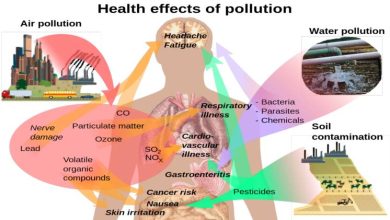Exploring the Various Types of Green Energy – Green Energy Solutions Loma Linda

In the face of climate change and environmental concerns, the world is shifting its focus towards renewable and sustainable sources of energy. Green energy, also known as renewable energy, is at the forefront of this global transition. Unlike fossil fuels, green energy sources are abundant, produce little to no greenhouse gas emissions, and have the potential to meet our energy needs while preserving the planet for future generations. In this article, Green Energy Solutions Loma Linda will delve into the different types of green energy and their significance in our quest for a cleaner and more sustainable future.
-
Solar Energy
Solar energy is perhaps one of the most widely recognized forms of green energy. It harnesses the power of the sun to generate electricity and heat. Photovoltaic (PV) cells, commonly found in solar panels, convert sunlight directly into electricity. Solar thermal systems, on the other hand, use sunlight to heat a fluid that produces steam, driving turbines to generate electricity. With advancements in technology and decreasing costs, solar energy is becoming more accessible and efficient, making it a vital player in the renewable energy landscape.
-
Wind Energy
Wind energy is another prominent form of green energy. Wind turbines capture kinetic energy from the wind and convert it into electricity. These towering structures with rotating blades can be found both onshore and offshore. Wind power has gained popularity due to its ability to generate substantial electricity and its scalability. Wind farms are now common in many countries and have become a symbol of clean energy production.
-
Hydropower
Hydropower, also known as hydroelectric power, is generated from the movement of water. Dams are constructed to store water, which is then released to flow through turbines. The kinetic energy of the flowing water is converted into electricity. Hydropower is a reliable source of energy and accounts for a significant portion of the world’s electricity production. However, concerns about the environmental impact of dams have led to the exploration of alternative methods, such as run-of-river systems, that have fewer ecological consequences.
-
Biomass Energy
Biomass energy relies on organic materials, such as wood, crop residues, and waste from plants and animals, to produce heat and electricity. Biomass can be burned directly or converted into biogas, biofuels, or other forms of energy. It is considered carbon-neutral because the carbon dioxide released during combustion is offset by the carbon dioxide absorbed by the plants during their growth. Biomass energy plays a crucial role in reducing waste and utilizing organic resources.
-
Geothermal Energy
Geothermal energy harnesses heat from within the Earth’s crust. This heat is used to generate electricity or provide direct heating for buildings. Geothermal power plants tap into underground reservoirs of hot water or steam and use it to turn turbines. This form of energy is highly reliable and has a low environmental impact compared to fossil fuels. Geothermal energy is particularly abundant in regions with active volcanoes or tectonic plate boundaries.
-
Ocean Energy
Ocean energy encompasses various technologies that harness the power of the sea, including tidal energy, wave energy, and ocean thermal energy. Tidal energy relies on the gravitational pull of the moon and the sun to generate electricity from the rise and fall of tides. Wave energy captures the motion of surface waves, while ocean thermal energy exploits temperature differences between surface and deep ocean waters. Although ocean energy is still in the early stages of development, it holds great promise for providing a consistent and renewable energy source.
Conclusion
As the world seeks to combat climate change and transition to a more sustainable energy future, green energy sources are taking center stage. Each type of green energy has its unique advantages and challenges, but collectively, they offer a path to reduce our reliance on fossil fuels and mitigate the environmental impacts of energy production. By investing in and further developing these renewable energy sources, we can create a cleaner and more sustainable world for current and future generations.



